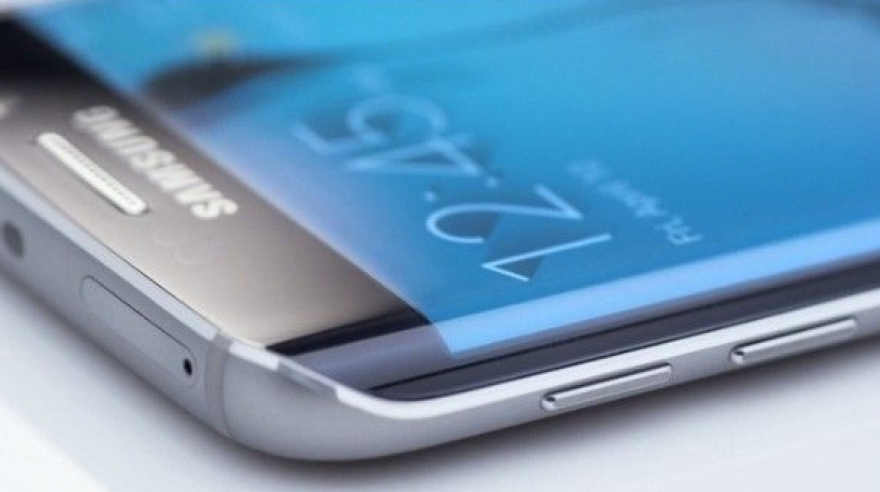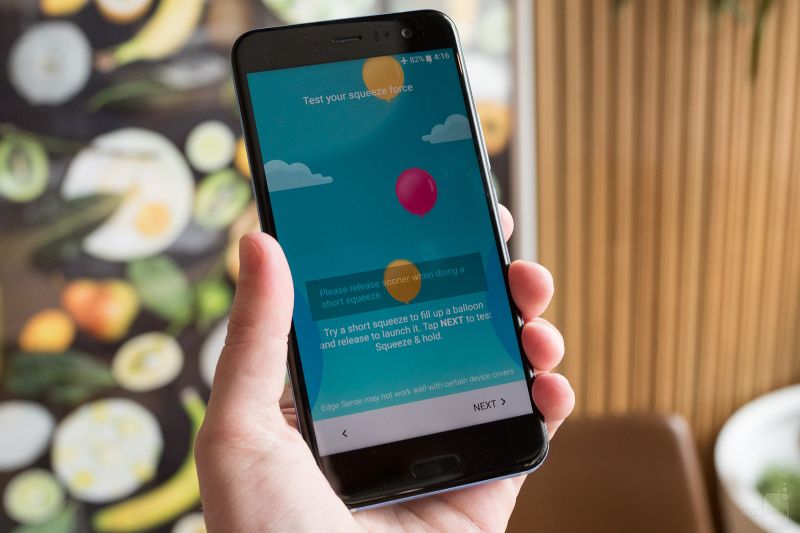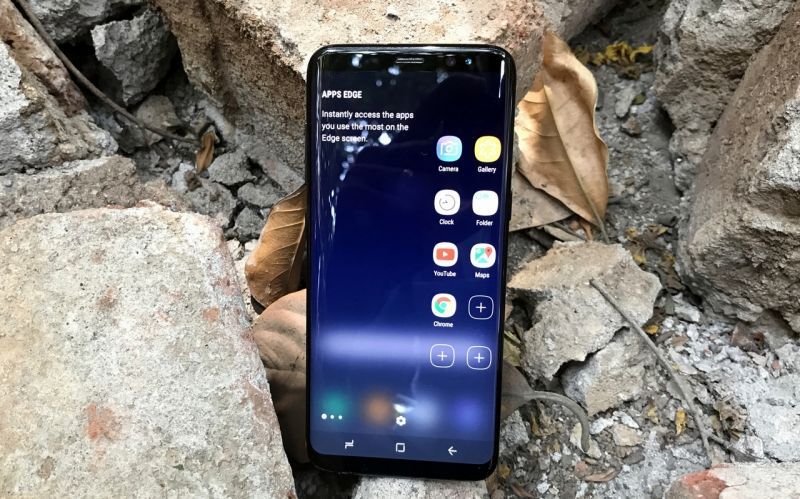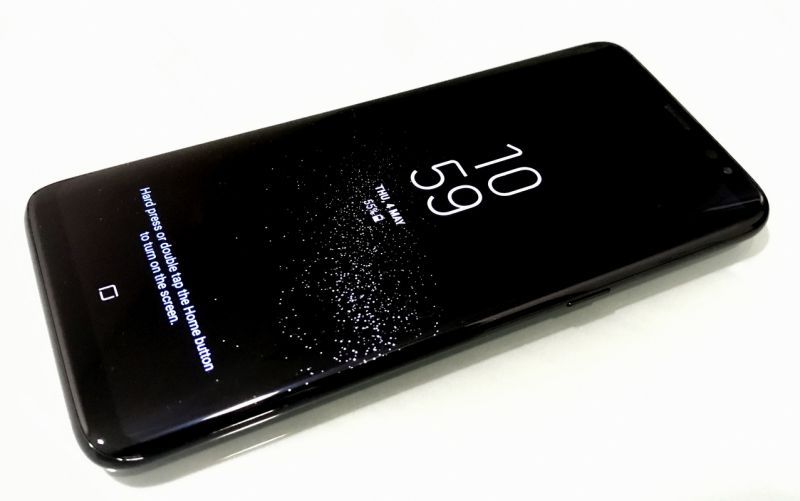Samsung or HTC who's got the edge?
The current trend of playing around with interactive sides of a phone is on the rise. The question is is it relevant?

In 2010, the world was astonished to see the Samsung Galaxy S with the fastest mobile chipset and a gorgeous display. HTC, on the other hand, had the Desire and the EVO 4G, which were equally appealing as well. Spin the clock seven years ahead and we still have these tech giants fighting for the title of the best smartphone available in the world. However, the bar of innovation has reached the edges when it comes to smartphone designing.
Samsung debuted its gorgeous Edge panel with the Galaxy Note Edge. Over the time, they have improved it and its best iteration is sitting right now on the Galaxy S8. The Edge panel makes the phone look futuristic while helping to reduce the bezels on the side. Some other manufacturers followed Samsung’s steps to put curved screen displays on their products as well.
Meanwhile, HTC shied away from putting curved screens on its phones and wanted to develop something different to make the side frame interactive. So, they came up with the Edge Sense feature on the HTC U11.The Edge Sense employs microsensors under the side frame to let users “squeeze” the phone to perform certain actions.
While the world may be making fun of the U11’s “squeezable” feature, HTC’s way of using a different way to use the side of the phone is actually useful. The sensors under the frame are pressure sensitive, somewhat like the iPhone’s 3D Touch feature. Therefore, using the sides of the frame to partially control the phone is a major step in making the smartphone smarter. Imagine if one of your hands is only available to operate the phone, using the side frame to control a 5-inch device is actually a clever feature. As days pass, more interactive ways shall surface to control various aspects of individual apps and functions. You could be able to browse through your Instagram timeline by sliding one of your fingers to the side while lying on your bed. Games could use this gesture to implement more functionality in them. Manufacturers can implement this feature in extremely bezel-less phones like the Xiaomi Mi Mix to help enhance the ease of usability of such smartphones.
However, the major question that this article wants to answer is – is it better than the Galaxy S8’s Edge screen?
Both the phones want to provide a different user experience to their user that’s also practical. We discussed that the U11’s Edge Sense can incorporate multiple useful functions through various gestures over the time. On the other hand, Samsung’s Edge is the extension of the screen to the sides, which can be both good and bad. For the good part, the S8’s sides are screens, which mean that you can literally put anything from the UI on it as a developer. You can put visually interactive elements on the sides of the phone and alter them to your liking. The S8 and its previous two predecessors have been using Edge apps, contacts and even rulers apart from other utilities. It also enhances the look of the phone to some extent, especially with the S8’s Infinity Display.
The problem with the Samsung’s curved screen side is that it doesn’t enhance the practicality of the phone to be noticed. I have observed Galaxy S6/S7/S8/Note 5 users seldom pulling up the edge panel from the side to perform a task that is easily accessible from the main screen. Added to that is the infinite number of accidental touches that happen while holding a bezel-less phone. Since it’s part of the display, the screen has to wake up to use the functions assigned to the Edge panel. It’s quite delicate as well.
This is where HTC’s idea shines. The sensors on the side frame are always active, which means you can use them even when the screen is locked. The frame is made of metal, which lets you hold the device comfortably and doesn’t shatter or gets cracked in the event of a drop. The squeeze gesture can be easily done without moving your fingers over any part of the screen, i.e. you can use only one hand to operate it instead of using two hands or moving fingers like on the Galaxy S8/S7/S6/Note 5. The only downside to HTC’s idea is that it doesn’t do anything about enhancing the looks of the U11.
This then brings us to the idea that HTC’s Edge Sense is a sensible and clever implementation for enhancing the productivity of its side frame. It is certainly not as glamorous as Samsung’s edge screen and lacks customisable visual control. But the idea of extending the touch display to the sides doesn’t seem to fit the requirements of a phone that aim for enhanced productivity. It is quite similar to the Russian-made YotaPhone, which had a display panel on the back. The YotaPhone didn’t sell enough to justify its innovation and it didn’t look attractive either. In the case of the S8, the edge panel only helps Samsung to implement a bezel-less display on the phone.
Therefore, HTC’s idea is all about practicality and efficiency. We don’t know if it will ever find buyers like the Galaxy S8 that draws the heart over mind to let someone go for it. But, the Edge Sense is a major idea, one that will be followed by other manufacturers for implementing it in their products, just like most manufacturers (especially from China) followed HTC One M7’s stereo speaker setup on their phones.






